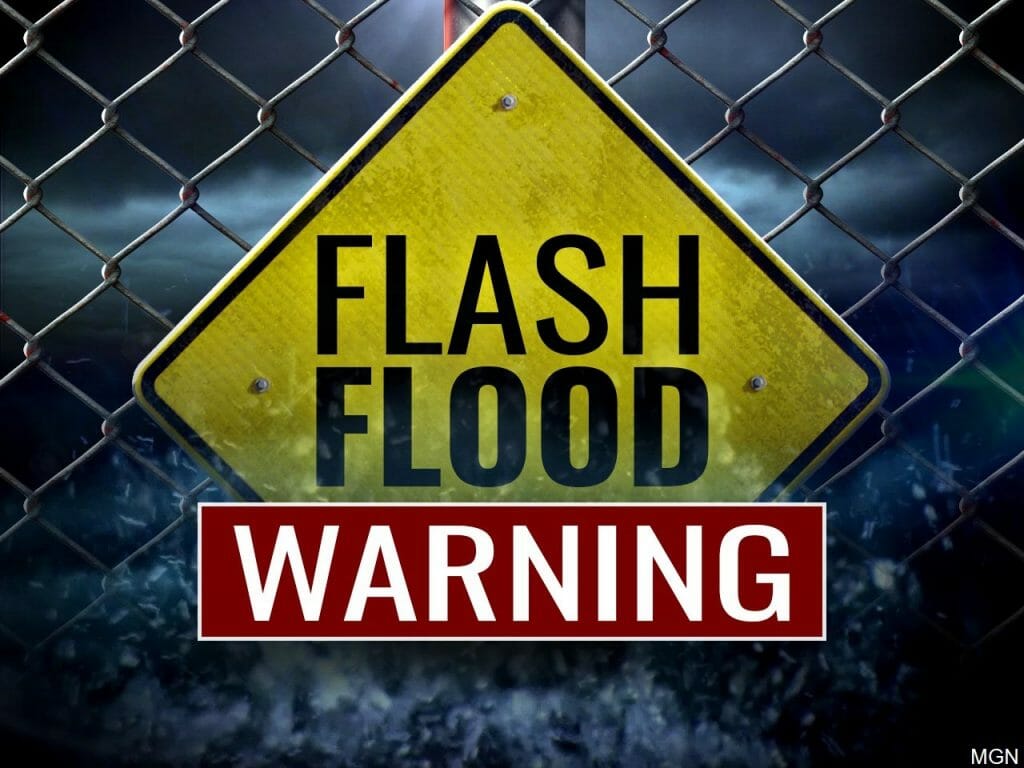When Someone Disappears: A Practical Approach To Finding Answers

Table of Contents
Immediate Actions to Take When Someone Disappears
The first few hours after a disappearance are critical. Your swift response can make a significant difference in the investigation.
Secure the Scene
Before contacting anyone, take a moment to assess the situation where the person was last seen.
- Don't touch anything: Preserve the scene as much as possible, as it might contain crucial evidence. Avoid disturbing anything that could be relevant to the investigation.
- Note details: Carefully document the last known location, including specific landmarks, any unusual circumstances, and anything out of the ordinary. Write down everything you remember, even seemingly insignificant details.
- Suspected foul play?: If you suspect foul play, immediately contact emergency services (911 or your local equivalent). Explain the situation clearly and calmly, providing all the details you have.
Notify Authorities
Reporting the disappearance to the authorities is paramount.
- File a police report: Contact your local police department immediately. Provide a detailed description of the missing person: age, height, weight, hair color, eye color, clothing, any distinguishing marks, and any identifying information (tattoos, scars). Include the last known location, time of disappearance, and any means of transportation they may have used.
- Obtain a case number: Ensure you receive a case number for the missing person report. This number will be crucial for tracking the progress of the investigation.
- Explain the circumstances: Thoroughly explain the events leading up to the disappearance. Include any unusual behavior, arguments, stressors, or anything that might provide clues.
Gather Information and Assemble a Search Team
Simultaneously, start gathering information and building a search team.
- Collect vital information: Gather photos, copies of identification documents (driver's license, passport), recent communication records (texts, emails, social media messages), and any other relevant personal belongings.
- Reach out to your network: Contact family, friends, neighbors, and coworkers – anyone who might have seen the missing person or have relevant information.
- Organize a search party: Focus your search efforts on places the missing person frequently visits: work, school, favorite hangouts, etc. Coordinate your efforts to avoid duplication and cover more ground efficiently.
- Leverage social media: Use social media platforms like Facebook, Twitter, and Nextdoor to spread awareness. Share photos, details, and any relevant information. Use relevant hashtags, such as #MissingPerson, #HelpFind[Name], etc.
Utilizing Law Enforcement and Investigative Resources
Working effectively with law enforcement and other resources is key.
Working with Law Enforcement
Maintain open communication throughout the investigation.
- Regular updates: Maintain consistent communication with the assigned investigating officers. Provide any new information or leads promptly.
- Understand the process: Understand the investigative process, which can be lengthy and complex. Be patient and respectful of the officers' workload.
- Ask questions: Don't hesitate to ask questions and request updates on the progress of the investigation, but do so respectfully and at appropriate times.
Private Investigators
In some situations, hiring a private investigator might be beneficial.
- When to consider a PI: Consider hiring a private investigator if the police investigation is stalled, if you have leads that need discreet investigation, or if you have access to resources that would enable you to effectively hire a private investigator.
- Cost and benefits: Private investigators can be expensive, so weigh the costs against the potential benefits before hiring one.
- Choosing a PI: Choose a reputable and experienced investigator with a proven track record of success in missing person cases.
Utilizing Technology
Technology can play a crucial role in finding a missing person.
- Cell phone data: Accessing cell phone location data (with proper authorization and legal processes) can be invaluable.
- Social media: Check social media activity and online accounts for any clues or updates.
- Missing person databases: Utilize online resources and missing person databases (like the National Missing and Unidentified Persons System) to spread awareness and potentially find matches.
Coping with the Emotional Toll of a Disappearance
The emotional stress of a missing person case is immense. Prioritizing self-care is crucial.
Self-Care and Support Systems
Support is vital during this incredibly difficult time.
- Seek emotional support: Lean on friends, family, support groups, and therapists for emotional support.
- Support groups: Connecting with support groups for families of missing persons can provide invaluable peer support and shared experiences.
- Professional help: Don't hesitate to seek professional help from therapists or counselors to help you cope with the emotional challenges.
Maintaining Hope and Perseverance
Staying positive and hopeful is essential, even when the situation is challenging.
- Strategies for hope: Focus on positive memories, engage in activities that bring you comfort, and maintain a routine as much as possible.
- Long-term implications: Understand that missing person cases can be long and complex. Be prepared for the long haul.
- Continued effort: Continue to actively participate in the search and investigation, however long it takes.
Finding Answers When Someone Disappears
When someone disappears, the immediate actions you take can significantly impact the outcome. This guide highlights the critical steps: taking immediate action to secure the scene and notify authorities, effectively utilizing law enforcement and other investigative resources, and prioritizing your emotional well-being throughout the process. Remember, acting swiftly and decisively is crucial. The information provided here is meant to empower you during this incredibly challenging time. Share this article with others who might need this information; knowledge and preparedness are vital when confronting the agony of a missing person. If you or someone you know is facing the agonizing situation of a missing person, remember the practical steps outlined in this guide. Take action. Find answers. Start your search for solutions when someone disappears today.

Featured Posts
-
 18 Brazilian Nationals Charged Major Gun Trafficking Bust In Massachusetts
May 25, 2025
18 Brazilian Nationals Charged Major Gun Trafficking Bust In Massachusetts
May 25, 2025 -
 Shooting Incident Prompts Safety Review At Popular Southern Vacation Spot
May 25, 2025
Shooting Incident Prompts Safety Review At Popular Southern Vacation Spot
May 25, 2025 -
 Cayuga County Flash Flood Warning Extended Through Tuesday
May 25, 2025
Cayuga County Flash Flood Warning Extended Through Tuesday
May 25, 2025 -
 Tathyr Atfaq Altjart Alamrykyt Alsynyt Ela Mwshr Daks Alalmany Wswlh Ila 24 Alf Nqtt
May 25, 2025
Tathyr Atfaq Altjart Alamrykyt Alsynyt Ela Mwshr Daks Alalmany Wswlh Ila 24 Alf Nqtt
May 25, 2025 -
 Dr Terrors House Of Horrors Location Tickets And More
May 25, 2025
Dr Terrors House Of Horrors Location Tickets And More
May 25, 2025
Latest Posts
-
 Former Israeli Female Soldiers Demand Gaza Captive Release
May 26, 2025
Former Israeli Female Soldiers Demand Gaza Captive Release
May 26, 2025 -
 Yom Ha Zikaron 2024 Masa Israel Journeys Unprecedented English Ceremony
May 26, 2025
Yom Ha Zikaron 2024 Masa Israel Journeys Unprecedented English Ceremony
May 26, 2025 -
 Largest English Language Yom Ha Zikaron Ceremony Hosted By Masa Israel Journey
May 26, 2025
Largest English Language Yom Ha Zikaron Ceremony Hosted By Masa Israel Journey
May 26, 2025 -
 Ahtjajat Mtwaslt Fy Tl Abyb Llmtalbt Bewdt Alasra
May 26, 2025
Ahtjajat Mtwaslt Fy Tl Abyb Llmtalbt Bewdt Alasra
May 26, 2025 -
 Masa Israels Record Breaking English Yom Ha Zikaron Ceremony
May 26, 2025
Masa Israels Record Breaking English Yom Ha Zikaron Ceremony
May 26, 2025
